
The study confirms that biologics are highly effective in real-world HS management, and highlights the need for a comprehensive treatment strategy considering both skin symptoms and systemic health.

The study confirms that biologics are highly effective in real-world HS management, and highlights the need for a comprehensive treatment strategy considering both skin symptoms and systemic health.
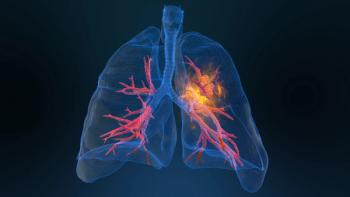
A phase 1b trial of tarlatamab plus PD-L1 inhibitors in extensive-stage small-cell lung cancer (ES-SCLC) showed a median overall survival of 25.3 months with manageable safety.

Four autophagy-related variants in CDKN2A and BCL2 may increase susceptibility to chronic lymphocytic leukemia (CLL).

Oral nicotinamide reduced the risk of new skin cancers—especially squamous cell carcinoma—by up to 54% when started after a first diagnosis.

As oncology continues to move more toward precision medicine, tools like EVOFLUx may offer a more personalized roadmap from diagnosis to treatment.

Positive topline data from the phase 3 BRUIN CLL-313 showed pirtobrutinib's efficacy in the frontline setting.
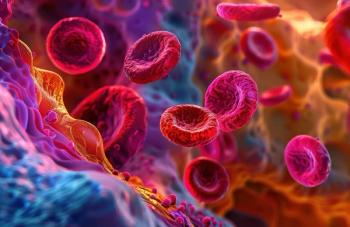
This case highlights the diagnostic complexity and clinical management challenges of dual hematologic malignancies.

Ruxolitinib cream 15 mg/g provided rapid, meaningful repigmentation and improved quality of life for adults with nonsegmental vitiligo.

Drug interactions with ibrutinib may not shorten survival when managed carefully, though the significant increase in infection-related hospitalizations tied to CYP3A inhibitors signals an urgent need for closer monitoring, dose adjustment, and proactive infection prevention strategies.

Among survey respondents, approximately 80% reported experiencing stigma, including feelings of embarrassment, negative judgment, or being treated differently, because of their condition.
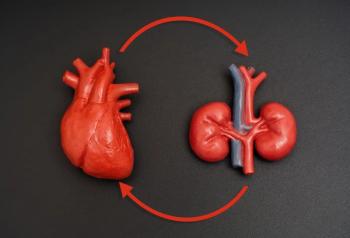
As the prevalence of both chronic kidney disease (CKD) and heart failure (HF) increases, therapies targeting shared pathways are one of the most promising strategies to alter the trajectory of these diseases.

The findings add confidence to the role of ritlecitinib as a treatment option for severe alopecia areata while pointing the way toward more personalized approaches.

While observational studies have previously pointed to an association, being able to identify causation has been difficult due to overlapping risk factors and confounding variables.
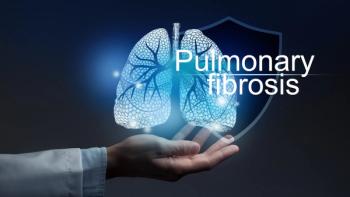
Strategies that combine ferroptosis inhibition with established antifibrotics could ultimately move treatment from slowing progression to truly reversing fibrosis, new research suggests.

Outcomes in accelerated-phase (AP) or blast-phase (BP) myeloproliferative neoplasm (MPN) differ from AML, and AML-based frameworks may not fully capture prognosis in this population.
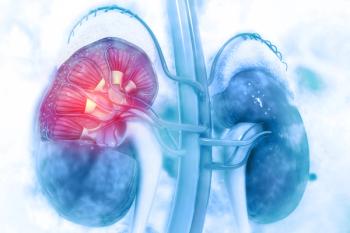
As the prevalence of chronic kidney disease (CKD) continues to rise, empowering primary care providers (PCPs) with the tools, training, and collaborative frameworks needed for optimal management is a public health priority, emphasize the researchers.

Hair and scalp disorders in patients with skin of color are frequently misdiagnosed, often due to educational gaps and premature diagnosis, with scalp biopsy proving more reliable than trichoscopy for accurate diagnosis.

A cumulative review offers strong evidence that acalabrutinib has a low incidence of cardiac failure in both clinical trial and real-world settings.

A recent study suggests hemorrhagic events following essential thrombocythemia diagnosis are among the most significant predictors of early death.

Real-world data support the effectiveness of combining platinum-based chemotherapy with PD-1 inhibitors for recurrent limited-disease small cell lung cancer (SCLC), enhancing patient outcomes.

With limited treatment options and potential for admission to the intensive care unit, researchers of a new paper highlighted the importance of discussing goals and initiating palliative care early on.
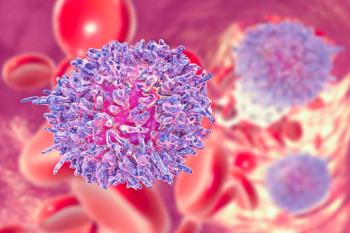
New data showed a survival advantage with newer chronic lymphocytic leukemia (CLL) treatments for older patients who are typically underrepresented in clinical trials.

While physical activity was linked with improved quality of life (QOL), the majority of patients are not given the recommendation from their doctor.
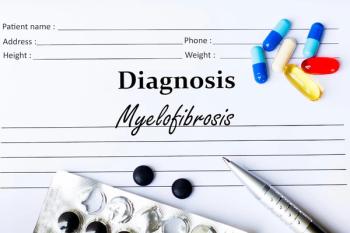
The study found that atrial fibrillation (AF) significantly increases stroke and mortality risk in certain patients with myeloproliferative neoplasms (MPNs).

Vectors, both viral and non-viral, continue to further progress gene therapy for a variety of disease states. With further innovation, the approaches can expand their reach even further.

Emerging therapies, including antibody-drug conjugates and biomarker-driven approaches, have the potential to significantly impact outcomes for patients with traditionally poor prognoses and limited options.

The indirect comparative analysis is the first of its kind to assess the relative efficacy of approved covalent Bruton tyrosine kinase inhibitors (cBTKis) in the absence of head-to-head trials.

While artificial intelligence (AI) holds promise to improve the diagnosis of melanoma, researchers of a new review outlined challenges with these novel approaches.
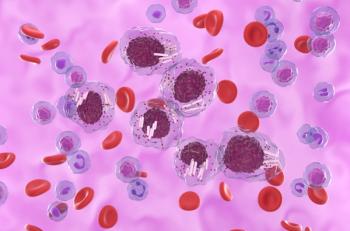
With a 42% reduction seen in the use of hematopoietic stem cell transplantation (HSCT) throughout the decade, researchers suggest that transplantation may be reserved for more fit patients.

While citing overwhelming barriers patients in rural areas face when accessing care, providers noted the potential of telehealth to improve access in a survey.

259 Prospect Plains Rd, Bldg H
Cranbury, NJ 08512
© 2025 MJH Life Sciences®
All rights reserved.
